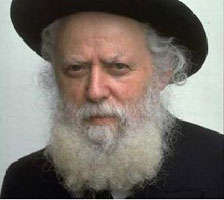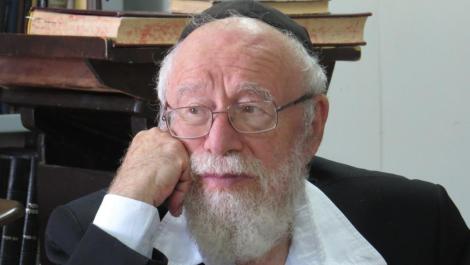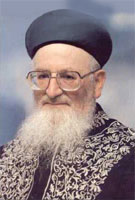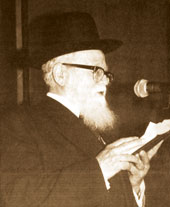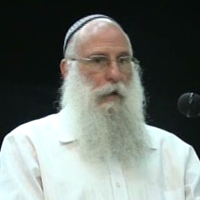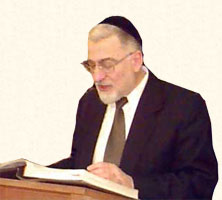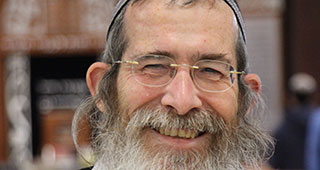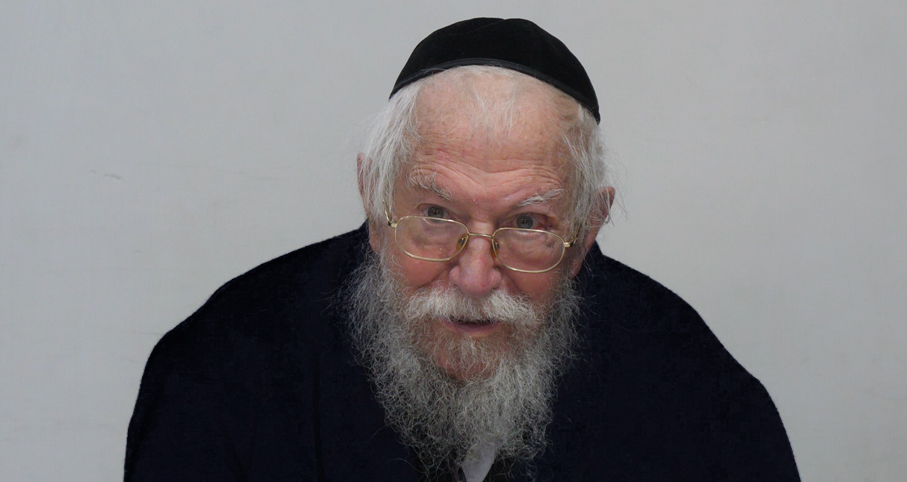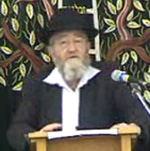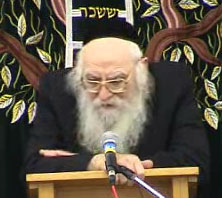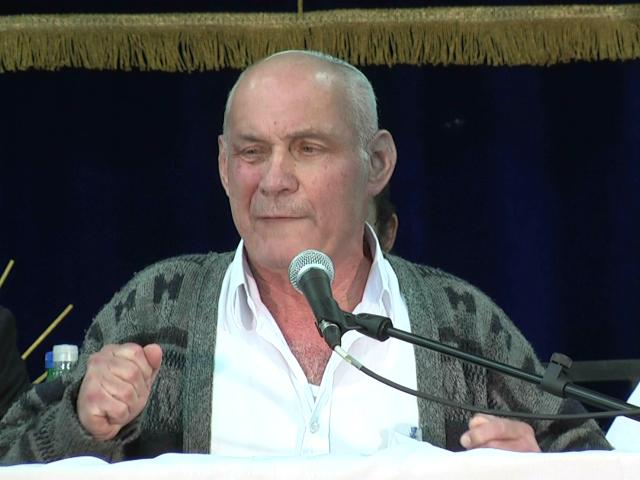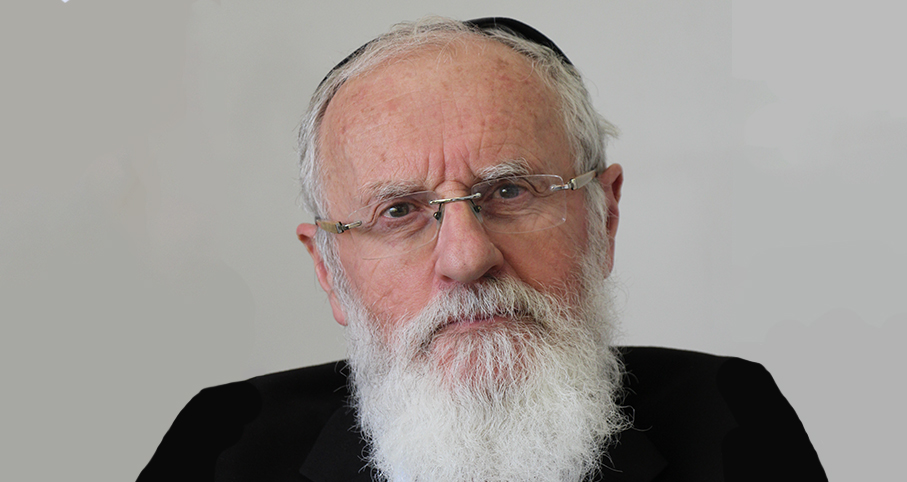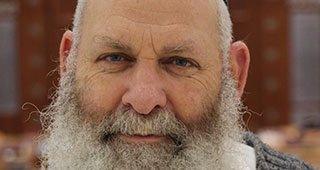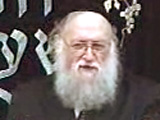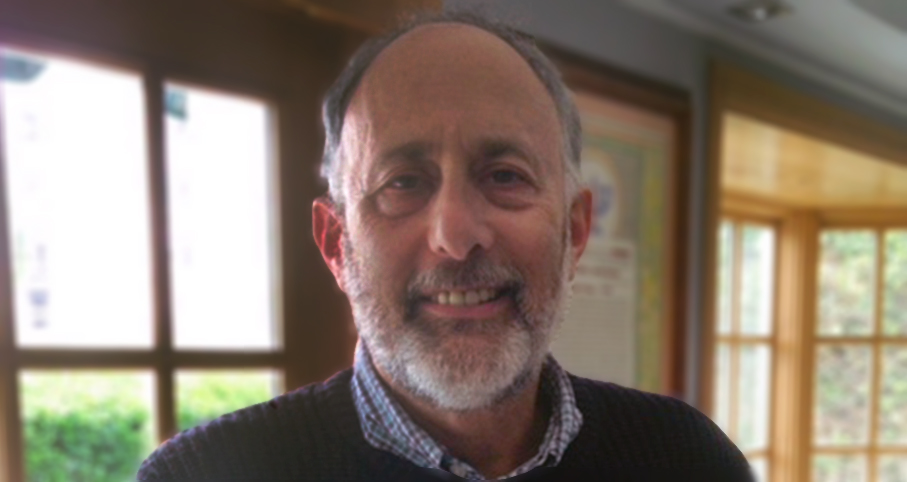Beit Midrash
- Sections
- Chemdat Yamim
- Parashat Hashavua
- Torah Portion and Tanach
- Bereshit
- Noach
The first pasuk of the Torah also alludes in a subtle manner to water. "In the beginning, Hashem created the shamayim (heavens) and the earth." Chazal pick up on the similarity between shamayim and mayim and say: "What does shamayim mean? Sham mayim (water is there)" (Chagiga 12a). Thus the first object in the Torah hints at the importance of water.
The next pasuk, which is difficult to put in proper context, discusses water explicitly: "The earth was in a state of void, and there was darkness on the face of the wellsprings, and the spirit of Hashem hovered over the water." The first half of the second pasuk expounds on the second part of the first pasuk (earth and its void) and the second half of the second pasuk expounds on the first part of the first pasuk (heavens, water, and the spirit of Hashem), using the style of A-B-B-A. According to this, Hashem created the heavens, in which the spirit of Hashem hovered over its water. We know of the existence of mayim in the heavens from a subsequent pasuk regarding the second day of creation, where the rakia (firmament) separated between the mayim above the rakia and the mayim beneath it.
Within the account of the flood, the word "earth" comes up at least nine times, along with several but fewer mentions of the heavens, water, and spirit. This overlapping of words, along with a mention of seven days (leading up to the flood), shows the connection between creation and the flood. However, the main focus in the flood is on the earth. The water that destroys the earth is not the mayim of the heavens, which is above the clouds. Actually the main destruction came from the water of the wellsprings.
The lesson from all the above is as follows. The earth refers to the physical world. The heavens refer to the spiritual world and its waters hint at the Torah, the spiritual blueprint of the world. Hashem created the heavens and the earth so that the earth would be a base for the world of spirituality as well. The proper desire to reach for the heavens (the people of Babel reached for the heavens in a distorted way) is a desire to taste of the waters of Torah. The generation of the flood strove to reach the depths of the earth’s water, i.e., the most spirituality bereft physicality. It is no surprise then that the water of the depths covered them up and killed them.
Let us hope that we will be inspired to follow the lead of the illustrious descendant of the survivors of the flood, Avraham, who trained his family to follow, not fight, the ways of Hashem.
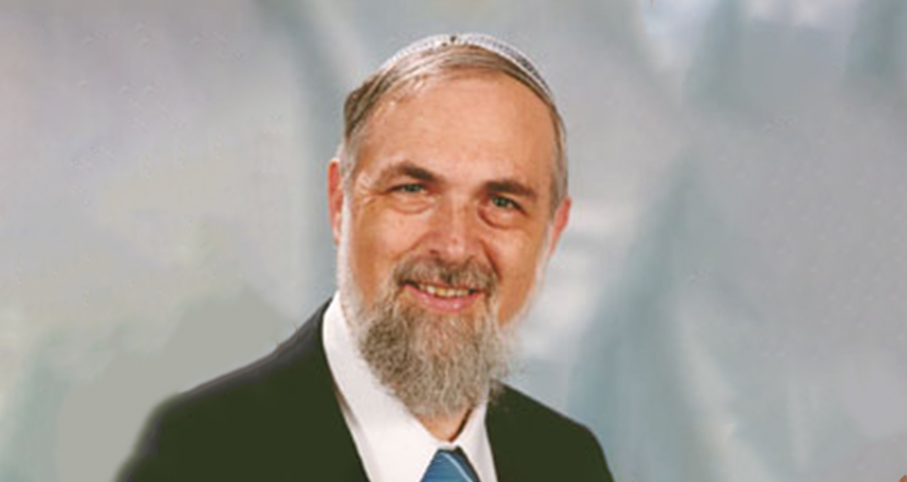
Parashat Hashavua: How to Ensure a Future of Torah
Rabbi Yossef Carmel | Cheshvan 5786

Parashat Hashavua: Can One Give a Loan to Hashem? – part I
Rabbi Yossef Carmel | Elul 5785

Giving More Than You Have?
Rabbi Yossef Carmel | 20 Cheshvan 5767



